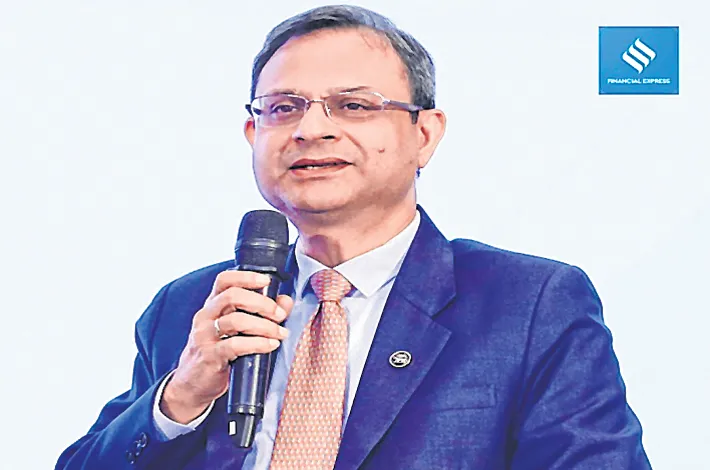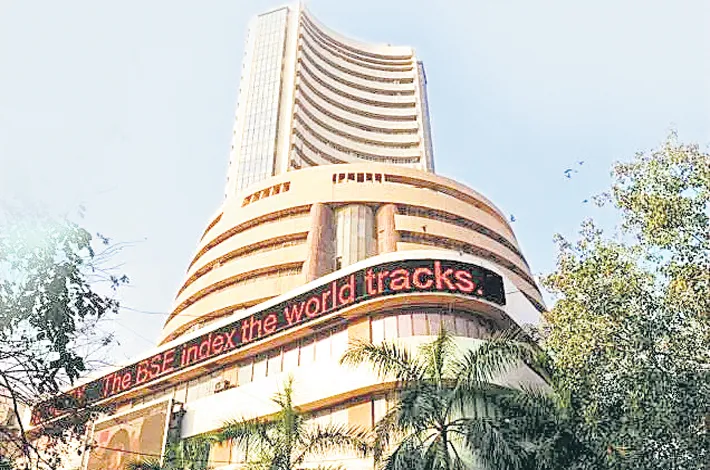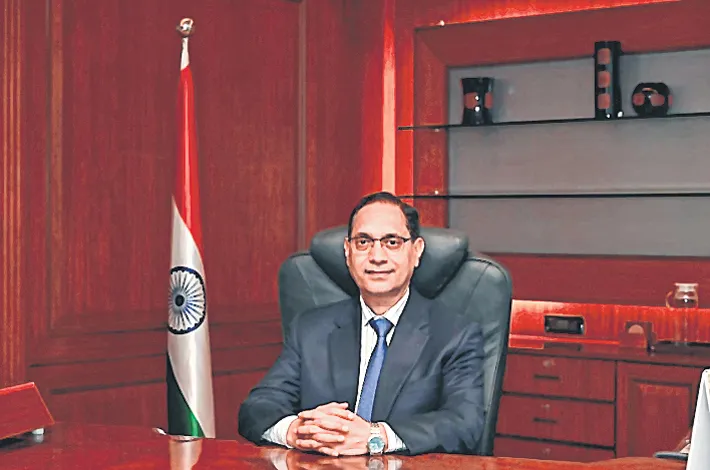‘We’ll maintain sufficient liquidity’
07-08-2025 12:00:00 AM

Average daily surplus stands at Rs 3 lakh crore
The comfortable liquidity in the banking system has reinforced transmission of the policy repo rate cuts to the money, bond and credit markets during the current easing cycle
The Reserve Bank of India (RBI) on Wednesday said it will continue to be nimble and flexible in its liquidity management. “We will endeavour to maintain sufficient liquidity in the banking system so that the productive requirements of the economy are met, and transmission to money markets and credit markets remains smooth, said RBI Governor Sanjay Malhotra.
System liquidity, as measured by the net position under the liquidity adjustment facility, has been in surplus, on an average of Rs 3.0 lakh crore per day since the last MPC, as compared to an average daily surplus of Rs 1.6 lakh crore during the previous two months.
As the CRR cut announced in the last policy comes into effect in a staggered manner beginning September, it would further support liquidity conditions.
The comfortable liquidity in the banking system has reinforced transmission of the policy repo rate cuts to the money, bond and credit markets during the current easing cycle. In the credit market, the weighted average lending rate of scheduled commercial banks declined by 71 bps for fresh rupee loans (of which 55 bps is due to interest rate reduction) and 39 bps for outstanding rupee loans from February 2025 to June 2025.
On the deposit side, the weighted average domestic term deposit rate on fresh deposits moderated by 87 bps during the same period. Moreover, the transmission to lending rates has been broad based across sectors.
An internal working group has reviewed the RBIs’ extant liquidity management framework, operative since February 2020. The weighted average call rate (WACR) is found to be highly correlated with other overnight money market rates in the collateralised segments. Further, WACR is also found to be effective in transmitting signals to other money market instruments across maturities. Therefore, the group has recommended continuation of overnight WACR as the operating target of monetary policy. The group has, inter alia, also recommended to continue with the variable rate auction mechanism for repo and reverse repo operations of various tenors with the objective of maintaining the operating target rate at the policy rate.
The system-level financial parameters related to capital adequacy, liquidity, asset quality and profitability of scheduled commercial banks continue to remain healthy. Credit deposit ratio for the banking system at the end of June 2025 was 78.9%, broadly similar to that a year ago. Similarly, the system-level parameters of NBFCs too are sound, with adequate capital position and improved GNPA ratios, RBI added.
Bank credit grew at 12.1% during 2024-25.While it is slower than the growth rate of 16.3% in 2023-24, it is higher than the average growth rate of 10.3% recorded in the ten-year period preceding 2024-25. Moreover, while the flow of non-food bank credit during the financial year 2024-25 reduced by about Rs 3.4 lakh crore from Rs 21.4 lakh crore to almost Rs 18 lakh crore, the flow from non-bank sources more than made up for this decrease.








